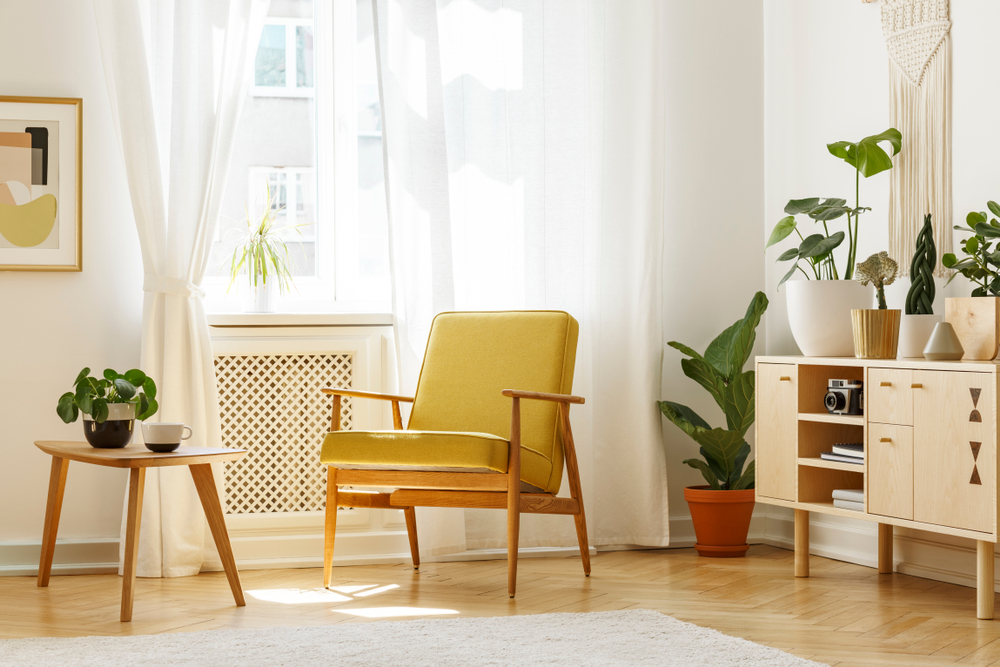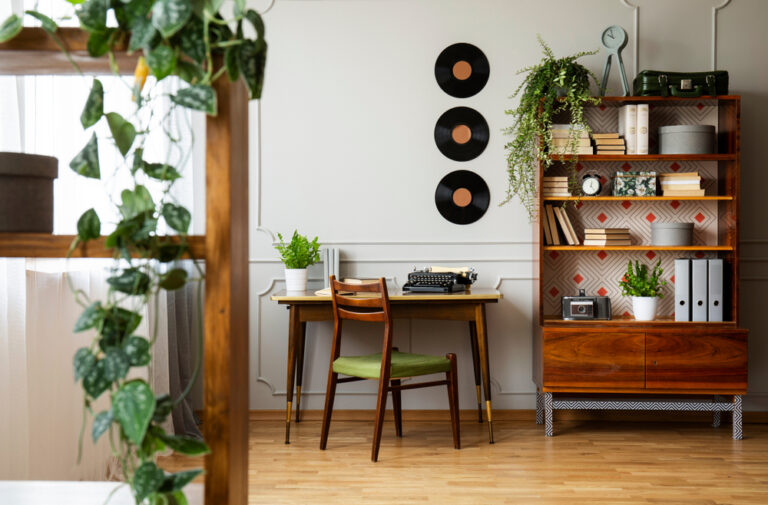In the ever-evolving world of fashion and design, certain styles have the exceptional strength to stand the test of time. These are styles that, regardless of the decade or the current trend, remain a beacon of sophistication and elegance. They transcend the fickleness of fashion to become enduring icons of design.
A style that stands the test of time is characterized by classic lines, high-quality materials, and a simplicity that speaks louder than the cacophony of transient trends. It is found in the little black dress and the tailored suit, the leather-bound book, and the handcrafted furniture. This style is uncluttered, respectful of tradition, and speaks to an innate understanding of form and function.
One of the hallmarks of timeless style is versatility. These styles are adaptable; they can be dressed up or down, used in various settings, and appeal across generations. The Chesterfield sofa, the wingback chair, the woolen trench coat—each of these items has a chameleon-like ability to fit into an array of environments and occasions.
The materials used in timeless styles are selected not only for their appearance but for their durability. Leather that ages with grace, wool that resists wear, denim that softens but does not weaken—these materials become more beautiful with age. In a disposable culture, the lasting nature of such materials is both a nod to the past and a wise investment in the future.
Timeless style is also defined by its attention to craftsmanship. The hand-stitched seam, the dovetail joint—details that may not be immediately visible are appreciated for their contribution to the overall integrity and beauty of a piece. This style respects the skills of the artisan and the quality that comes from human hands dedicated to their craft.

In architecture and interior design, a style that stands the test of time often includes elements that have been loved for centuries. The elegance of crown molding, the warmth of a hardwood floor, the glow of a chandelier—these features have graced homes for generations and continue to add a sense of history and craftsmanship to spaces.
Color also plays a significant role in enduring style. Neutral tones like black, white, navy, and beige form the cornerstone of a palette that can be built upon with seasonal or trendy colors. These foundational colors have a staying power that is unmatched, allowing for a continuity that can be refreshed and updated without a complete overhaul.
A style that stands the test of time is not immune to evolution. It often subtly absorbs elements of contemporary design, blending the best of the new with the strength of the old. This evolutionary quality ensures that timeless style remains relevant, offering a bridge between the past and the present.
The psychology behind timeless style is rooted in the human desire for familiarity and trust. In a world that is constantly changing, there is comfort in what is known and what has proven to endure. Timeless style offers a sanctuary of certainty, an assurance that some things remain constant.

In conclusion, a style that stands the test of time is not just about looking back; it’s about looking forward with a sense of confidence. It’s about choosing quality over quantity, simplicity over complexity, and enduring appeal over passing fancy. This style is a testament to the power of design that knows its own worth and refuses to be swayed by the changing winds of fashion. It is, quite simply, a style that endures.

